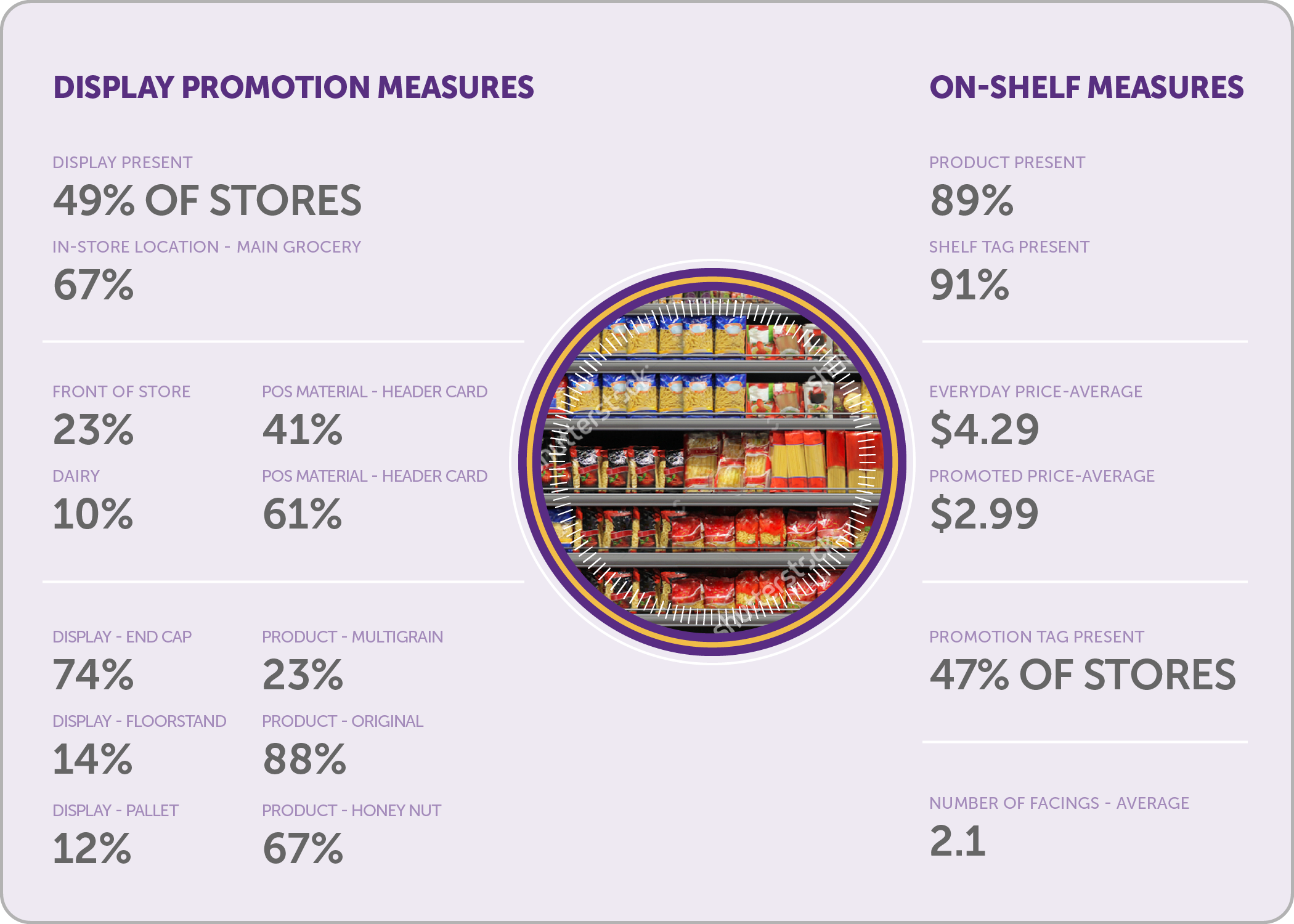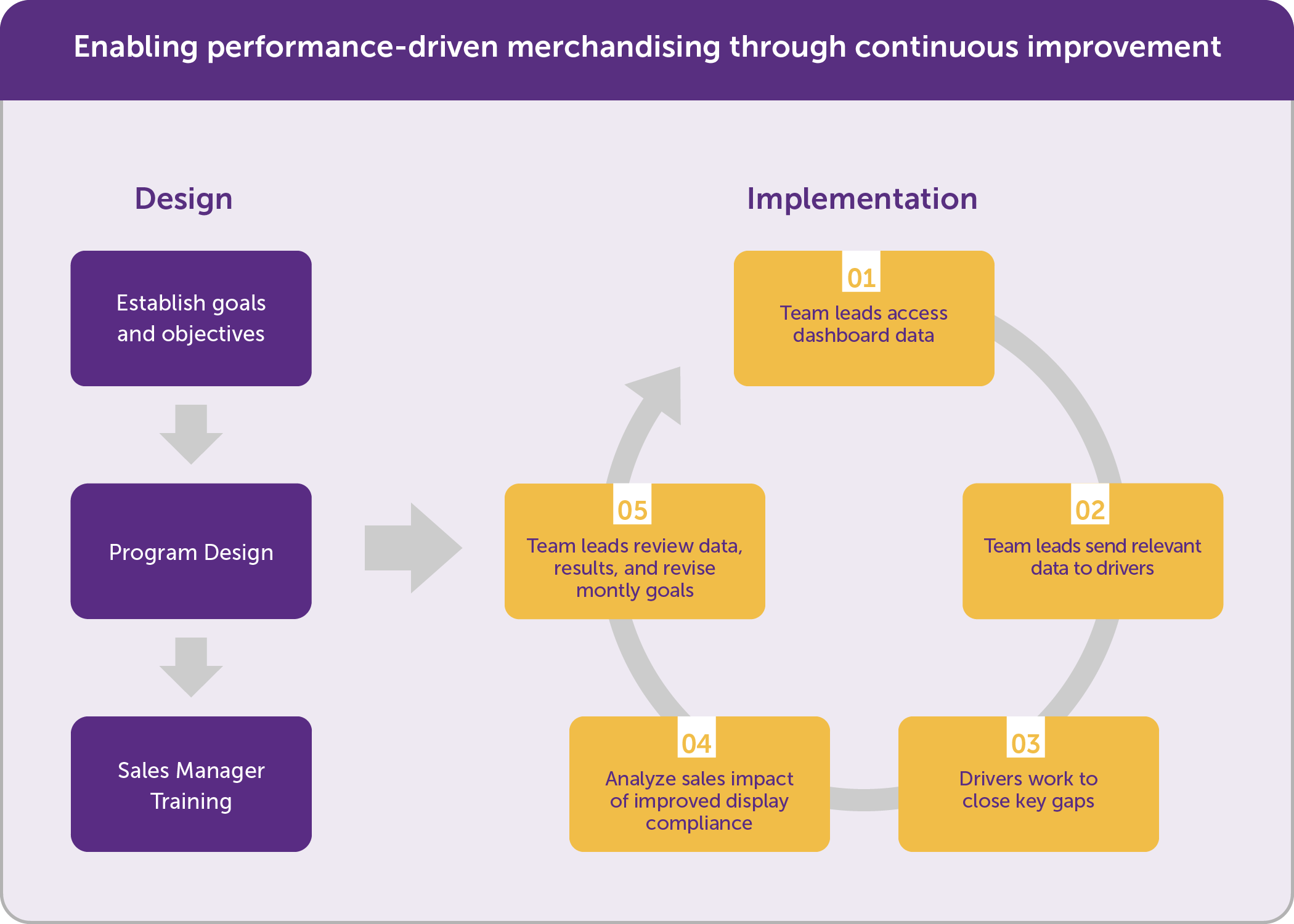8 ways to maximize the value of crowdsourced audits
Crowdsourcing in the retail environment has emerged as a novel method for consumer goods companies (CPGs) seeking to drive more value out of their field force. Follow these eight tips for optimizing your crowdsourced audits to improve sales-force productivity and cut costs.
By using abundant and a less costly crowdsourced labor force to carry out store visits and detect issues and opportunities in the store, companies are optimizing field teams’ efforts by enabling them to focus on stores that require their attention, based on a set of business rules. Here are 8 things that will propel your crowdsourcing audit program to success:
- Measure what matters most
You can improve only what you can measure. So what constitutes success for you? Agree on key standardized metrics that will help you optimize your merchandising execution, and plan how often you’ll measure these. But remember that less is more. Don’t dilute your focus by trying to track and measure too much. Here’s an example of how one company identified key business drivers and segmented them in a logical way.

- Set review routines
Understanding what components of in-store execution you want to view allows you to firstly, identify burning issues that you want your crowd force to monitor, and secondly, deploy your field teams to perform the relevant in-cycle corrections. By keeping visibility and speed at the forefront as you establish a routine for regularly reviewing audit data and field force deployment processes, you can achieve optimize merchandising execution.
- Communicate effectively
Convey analytics and insights in easy-to-understand formats so that various users can easily see things at the store level. The right software or solution can effectively translate raw data into timely alerts or valuable reports relevant to the key people in your value chain so they can make data-driven decisions.
- Scale up in a consistent manner
If you’re launching a new product or a new promotion, you want to be able to ramp up the auditing effort at a market or a country level in the most cost-effective way possible. So, it’s important to clearly outline the scope and goals of your program in terms of what SKUs/displays to track and which retailers and stores to visit. Just as critical is arming the “crowd” with a single tool to collect the data so that you don’t end up with a siloed patchwork approach that masks executional blind spots in your store universe.
- Incentivize your field force
Adopting a crowdsourced approach to retail execution means that you may need to relook at how you incentivize your field force, which is now focused on high-value selling and merchandising activities rather than mundane audits. Set incentives for high performance to help boost your sales-force productivity and ensure that these tie back to the specific metrics you’re tracking.
- Actively manage change
As mentioned above, transitioning to crowdsourced store audits will impact how you work with your employees – optimizing your field force to execute in-cycle corrections will simplify their role. But this does demand a well-defined change management plan. Communicate freely with your field force during the pre-deployment phase, provide thorough training and listen to internal feedback. This will ease the transition and help them understand their new roles better.
- Drive continuous improvement
Superior merchandising performance and field labor optimization will come down to how you interpret and act on store-level data – continuously. This is not a one-time or scheduled event. As with the optimization of any process, you must be prepared to continuously review data to close gaps on a rolling basis, and use the generated insights to keep revising goals.

- Involve your retailers
Your retailers play an important role in maximizing your crowdsourced store audits. Communicate clearly with them on how improving your merchandising performance will also help them hit their own KPIs. An understanding of these shared benefits will motivate retailers to ensure free access to their stores and to be more invested in your efforts to optimize the in-store experience.
Case study: Crowdsourcing’s real-world results
So what does all this mean in practice? In the adult–beverage category, a leading brand aiming for a larger share of display sought to help distributors execute better against display objectives. The brand used crowdsourcing to measure KPIs and make adjustments to the campaign, and benefited from:
- a consecutive two-month improvement in display compliance
- double-digit percentage increases in execution for four out of five distributors
- $13.9 million value-capture opportunity identified over a two-month period
Crowdsourcing your store audits offers enormous opportunity to improve your in-store execution and drive performance-driven merchandising. However, it’s critical to know how to do it right. To learn more, check out this POI report on The Evolution of Crowdsourcing.



